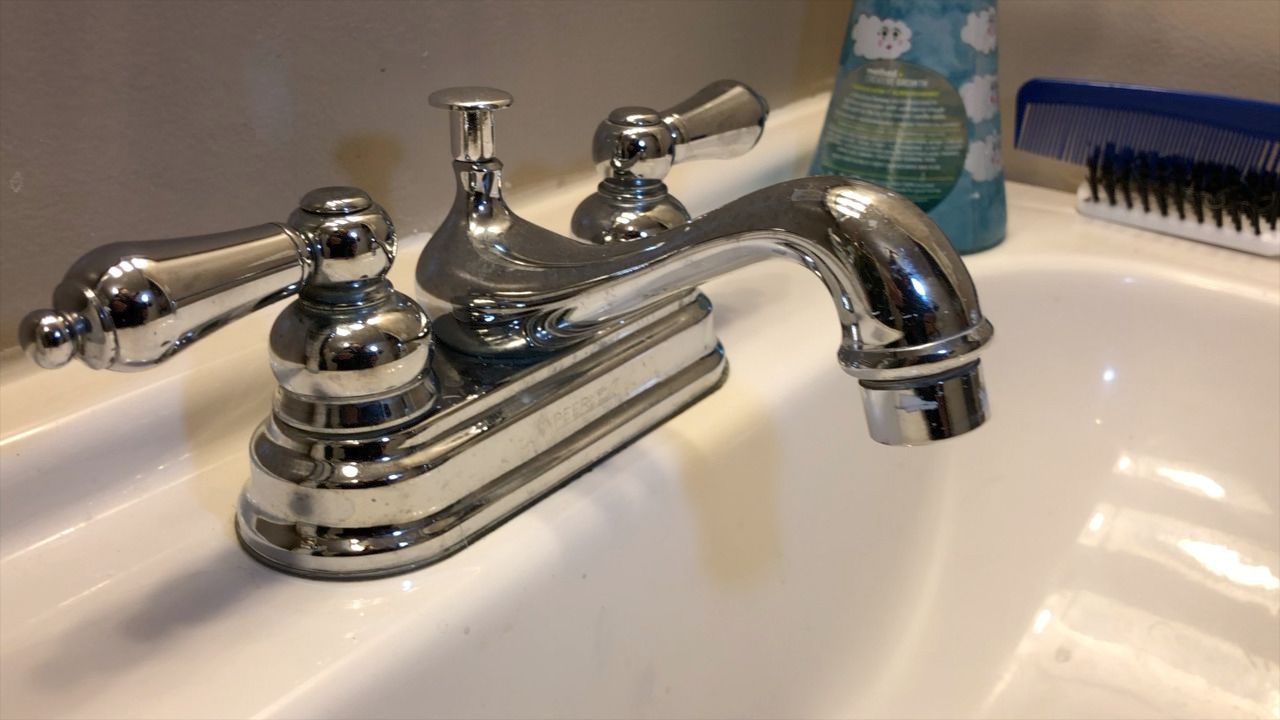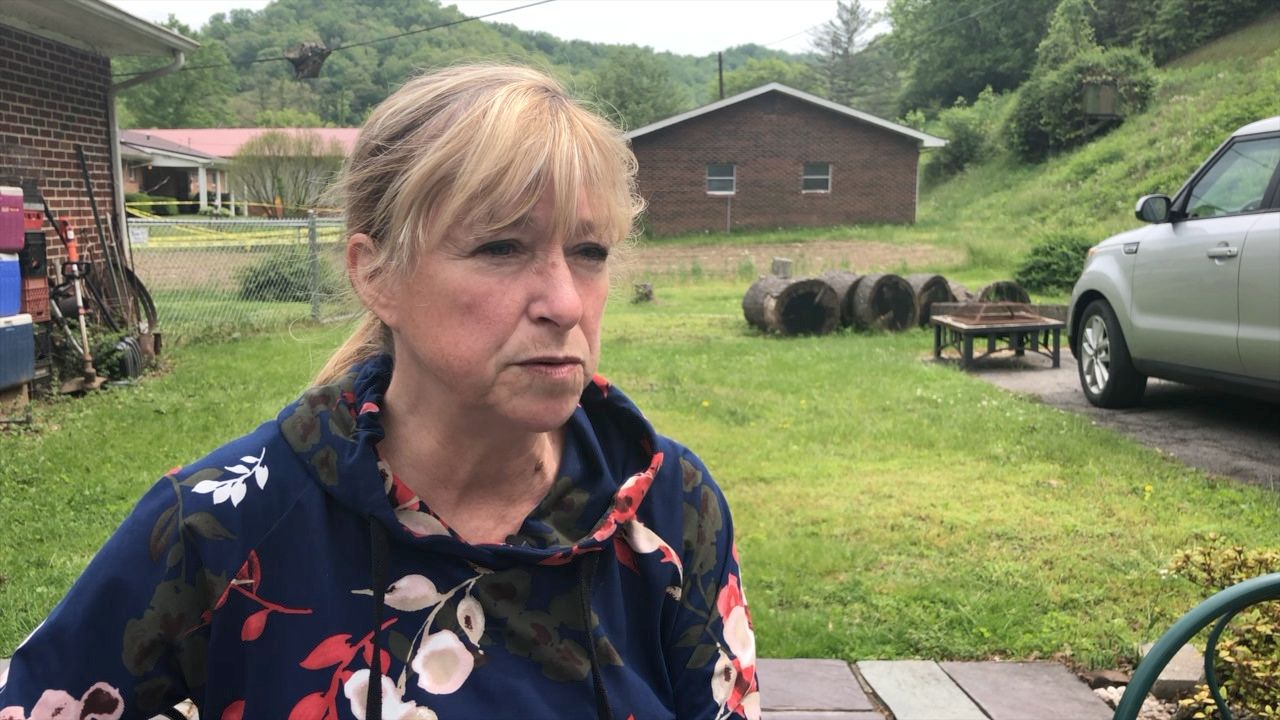INEZ, Ky. — An Eastern Kentucky county has proposed a water rate increase to combat decades-long challenges to its water system.
Several residents opposed the rate increase proposed by Martin County Water District in April. They submitted letters to Kentucky Public Service Commission
Inez resident Dorthy Crum said she can hardly afford water right now.
“I’m on a fixed income, I have to budget everything in. If it keeps going up, I can't afford it,” Crum said.
She’s a widow living by herself and her dog in the rural part of the county in the mountains. She manages to survive after her husband passed away five years ago.

“You bathe in and your skin's peeling and breaking now, he smells like bleach. every morning, just about every morning,” Crum said.
But it’s becoming harder. Water has become a precious commodity and it’s unreliable.
“You have to filter or boil everything,” Crum said. “I can't afford another rate hike.”
On April 1, the Martin County Water District proposed a rate increase of 12% to help combat the mounting financial challenges.
This means any resident using 2,000 gallons of water or less would add $4 dollars to their monthly bill.
“It usually runs about $50, sometimes a little bit less, sometimes more,” Crum said of her monthly water bill.
If the Kentucky Public Service Commission signs off, it would mean Crum would pay $54 per month on top of other bills living on a fixed income.
The Martin County Concerned Citizen group is worried.
“Right now the biggest concern is affordability,” said Nina McCoy, chairperson of the group and voice for the people. “Our people just can't afford it, and we've got a lot of people who are on fixed incomes, retired people and their fixed income doesn't go up, but their waters go up their sewers going up their electricity is going up all these things are just catching up on the people. it's just not fair.”
The current rate in Martin County is $33 dollars. In comparison, residents in Jefferson County pay about $17 per month, and neighboring Floyd County ranges between $9 to $11.
“If this rate increase, the new rate increase that’s proposed goes through, we will be the third-highest ratepayers for an average amount which is 4,000 gallons a month, but for minimum (2,000) gallons per month, we will be the highest ratepayers,” McCoy said. “I’m pretty sure in all the rates that I’ve looked at and it’s not an easy thing to do. You have to actually look them up one by one but it seems to be that we will be the highest ratepayers.”
The KPSC could make a decision as early as this week.
Affordability is one issue, drinkability is another. In a 2018-2019 study researchers found that only 12% of the people drank tap water. 88% did not trust their water.
We tested McCoy’s water for chlorine, alkalinity, copper, pH levels, and coliform bacteria. Spectrum News 1 used a water testing kit called Health Metric Drinking Water Test. This is an at-home testing kit that includes strips and other materials to test the water.
McCoy's results came back mostly within the EPA’s maximum contaminant level, except for the pH. Her water showed a pH of 5 with the ideal range is from 6.5 to 8.5. Reports show water with a low pH could contain elevated levels of toxic metals which could damage pipes and create a metal sour taste.
“You cannot within 15 months make up for 20 years of distrust,” McCoy said.

The study, conducted with a partnership with the University of Kentucky, showed drinking water and health study found out of the 19 metals tested only iron and aluminum were above the limit and a major concern stemmed from disinfection byproducts.
“35% of those samples were above the levels maximum contaminant levels for disinfection byproducts,” McCoy said.
Disinfection byproducts are contaminants in drinking water that form when chlorine is used to killed bacteria and it reacts with organic material like leaves or sewage in the water.
McCoy said there’s some progress and her group wants more transparency and trust.
“You can't just build something new and let it sit there and rot. You have to have people trained in the proper technique to fix it,” McCoy said.


